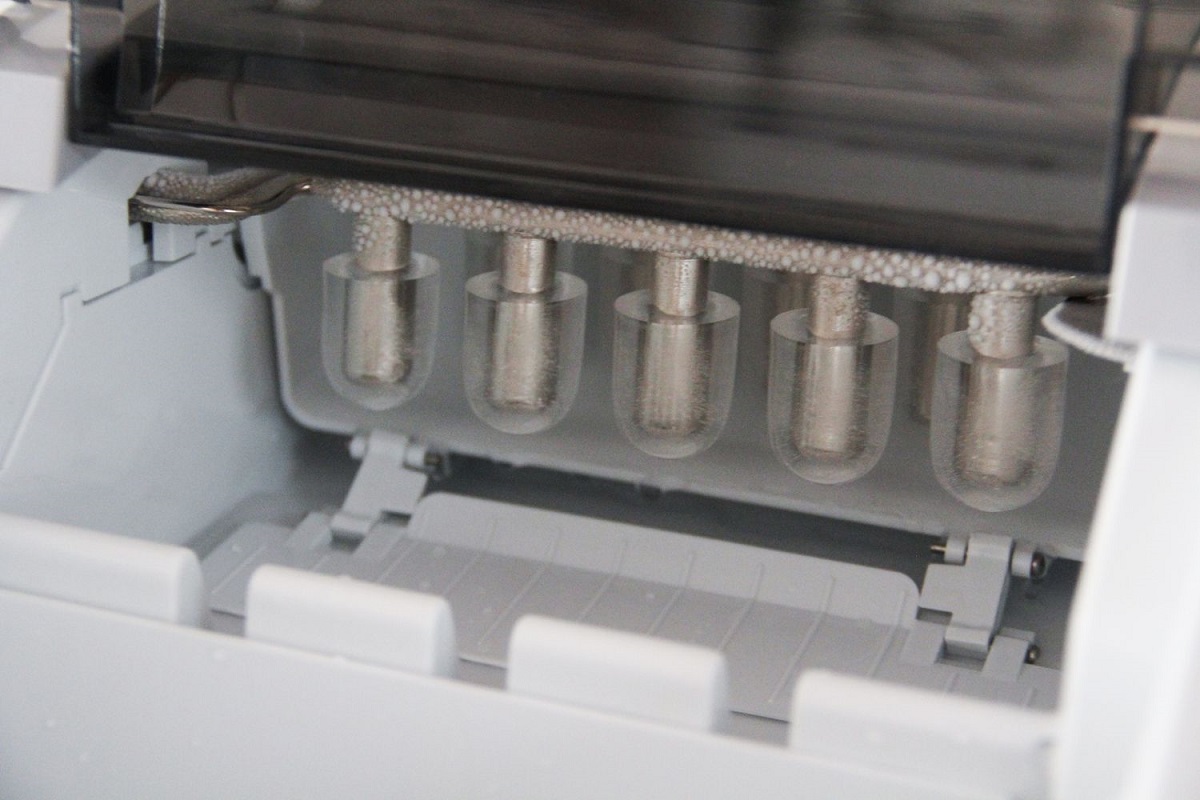

Articles
Why Does My Ice Maker Ice Taste Funny
Modified: February 27, 2024
Find out why your ice maker ice tastes funny with our informative articles. Get tips and solutions to improve the taste of your ice at home.
(Many of the links in this article redirect to a specific reviewed product. Your purchase of these products through affiliate links helps to generate commission for Storables.com, at no extra cost. Learn more)
Introduction
There’s nothing more refreshing on a hot summer day than a glass of ice-cold water or a cool beverage with ice cubes in it. But what happens when you take a sip and notice that your ice has a funny taste? It can be quite off-putting and even ruin the enjoyment of your drink. But fear not, because in this article, we will explore the common causes of funny-tasting ice and provide solutions to improve the taste.
Ice makers have become a staple in many households, providing a convenient way to have a steady supply of ice cubes without the need for manual ice trays. However, they are not immune to certain issues that can affect the taste of the ice they produce. Understanding these issues can help you identify the cause of the funny taste and take appropriate steps to rectify it.
There are several factors that can contribute to the funny taste of ice. One of the most common reasons is the quality of the water used in the ice-making process. If your tap water has a high mineral content or contains certain impurities, it can affect the taste of the ice. Another possible cause is mineral deposits that accumulate in the ice maker over time, compromising the quality of the ice it produces.
Additionally, an old or expired water filter can also be a culprit behind funny-tasting ice. Water filters require regular replacement to ensure they effectively remove impurities and maintain the taste and quality of the ice. Furthermore, contamination from other foods stored in the freezer can transfer their flavors to the ice cubes, resulting in an unpleasant taste.
Mold and bacteria growth within the ice maker can also lead to funny-tasting ice. These microorganisms can thrive in the moist environment of the ice maker and affect the taste of the ice cubes. It is essential to regularly clean and maintain your ice maker to prevent the growth of mold and bacteria.
Fortunately, there are solutions to address the issue of funny-tasting ice. By implementing some simple steps, you can significantly improve the taste of the ice cubes produced by your ice maker. These steps include regular cleaning and maintenance of the ice maker, replacing the water filter, and seeking professional help if necessary.
In the following sections of this article, we will delve deeper into each of these causes and solutions, providing you with a comprehensive understanding of why your ice maker ice tastes funny and how to resolve the issue. So let’s get started and ensure that your next sip of ice-cold water or beverage is refreshingly delicious.
Key Takeaways:
- Ensure high-quality ice by addressing water quality issues, mineral deposits, old filters, food contamination, and mold growth. Regular cleaning and maintenance are key to refreshing, delicious ice cubes for your beverages.
- When faced with persistent funny-tasting ice, consider professional help for thorough diagnosis and repair. Choose reputable technicians to ensure your ice maker produces clean, fresh, and enjoyable ice cubes.
Common Causes of Funny-Tasting Ice
When your ice tastes funny, it’s important to identify the underlying causes to address the issue effectively. Here are some common reasons why your ice may have a strange taste:
- Water quality issues: The quality of the water used in your ice maker can directly impact the taste of the ice. If your tap water contains high mineral content or impurities, such as chlorine or sulfur, it can lead to a funny taste. Consider getting your water tested to determine its quality or use filtered water.
- Mineral deposits in the ice maker: Over time, mineral deposits can build up in the ice maker, affecting the taste and quality of the ice cubes. These deposits are often caused by hard water, which is rich in minerals like calcium and magnesium. Regular cleaning and maintenance of the ice maker can help prevent the accumulation of mineral deposits.
- Old or expired water filter: If your ice maker has a built-in water filter, it is crucial to replace it regularly. Over time, water filters can become less effective at removing impurities, resulting in an unpleasant taste in the ice. Check the manufacturer’s recommendations for the recommended replacement schedule and follow it accordingly.
- Contamination from other foods in the freezer: If you store strong-smelling or flavored foods in the freezer alongside the ice, their odors can transfer to the ice cubes, giving them a funny taste. To prevent this, store your food in airtight containers and keep them separate from the ice maker.
- Mold or bacteria growth in the ice maker: The moist and dark environment of the ice maker can be a breeding ground for mold and bacteria. If your ice tastes moldy or has a foul odor, it may be due to these microorganisms. Regularly cleaning and sanitizing the ice maker can help prevent mold and bacteria growth.
By understanding these common causes of funny-tasting ice, you can take appropriate measures to address the issue and improve the taste of the ice cubes produced by your ice maker. In the following sections, we will explore solutions to these problems, providing you with practical steps to ensure refreshing and delicious ice for your beverages.
Water Quality Issues
The quality of the water used in your ice maker plays a significant role in determining the taste of the ice it produces. If your tap water has a high mineral content or contains certain impurities, it can result in a funny or off-putting taste in the ice cubes. Here are some common water quality issues that can affect the taste of your ice:
- Hard water: Hard water is water that contains high levels of dissolved minerals, particularly calcium and magnesium. This is a common issue in areas with limestone or chalk deposits in the water source. When hard water is used to make ice, the minerals can give the ice cubes a distinct taste and even affect the texture. Hard water can also lead to the formation of mineral deposits in the ice maker, further compromising the quality of the ice.
- Chlorine and other chemicals: Many municipalities add chlorine or other chemicals to tap water to disinfect it and ensure its safety. While these chemicals are essential for maintaining water quality, they can impart a noticeable taste to the ice cubes. Chlorine, in particular, can give the ice a slightly chemical or bleach-like taste. Although the levels of chlorine used in tap water are regulated and considered safe for consumption, some people may be more sensitive to its taste.
- Other impurities: In addition to minerals and chemicals, tap water can contain other impurities that vary depending on the water source. These impurities may include sediment, bacteria, algae, or even traces of pesticides and pharmaceuticals. While the concentrations of these substances are typically low, they can still affect the taste and overall quality of the ice cubes.
To improve the taste of the ice and resolve water quality issues, there are several options available:
- Install a water filter: A water filter can help remove impurities, including minerals and chemicals, from your tap water. There are various types of water filters available, such as carbon filters, reverse osmosis systems, or refrigerator filters. Choose a filter that suits your needs and make sure to replace it regularly to maintain its effectiveness.
- Use bottled or filtered water: If your tap water is not of the best quality or you prefer a different taste for your ice cubes, consider using bottled water or filtered water specifically designed for ice making. This can help ensure that you’re starting with clean and pure water, resulting in better-tasting ice.
- Consider water softening systems: If hard water is a persistent issue in your home, you may want to explore installing a water softening system. These systems work by removing the excess minerals that cause water hardness, resulting in improved water quality and taste. However, it’s important to note that water softening systems may require ongoing maintenance and periodic replacement of salt or resin.
By addressing water quality issues, you can significantly enhance the taste and quality of the ice produced by your ice maker. Implementing one or more of the solutions mentioned above can help ensure that every sip of your favorite beverage with ice cubes is enjoyable and refreshing.
Mineral Deposits in the Ice Maker
Over time, mineral deposits can accumulate in your ice maker, leading to funny-tasting ice. These deposits are often caused by hard water, which contains high levels of dissolved minerals like calcium and magnesium. When the water freezes, these minerals can solidify and adhere to the surfaces inside the ice maker, affecting the taste and quality of the ice cubes. Here’s how mineral deposits can impact your ice maker:
- Reduced ice production: Mineral deposits can build up on the evaporator plate or ice mold of the ice maker, hindering the proper freezing and release of ice cubes. As a result, your ice maker may produce fewer ice cubes or take longer to make them.
- Altered ice cube texture: Mineral deposits can cause the ice cubes to have a rough or uneven texture. This can make the ice cubes less enjoyable to chew or dilute slowly in your beverages, affecting the overall drinking experience.
- Unpleasant or funny taste: Mineral deposits can give the ice cubes a strange taste, ranging from metallic or bitter to a distinct mineral flavor. This can significantly impact the flavor of your drinks and make them less enjoyable.
- Increased energy consumption: When mineral deposits accumulate on the evaporator plate, they act as an insulating layer, reducing the efficiency of the ice maker. As a result, the ice maker may consume more energy to produce ice, leading to higher energy bills.
To address the issue of mineral deposits and improve the taste of your ice, regular cleaning and maintenance of the ice maker are essential. Here are some tips to help you remove mineral deposits:
- Use a descaling solution: Descaling solutions are specially formulated to dissolve mineral deposits and remove scale buildup in appliances like coffee makers and electric kettles. Check the manufacturer’s instructions for your ice maker or look for a descaling solution specifically designed for ice machines. Follow the instructions to thoroughly clean the ice maker and remove any mineral deposits.
- Vinegar and water solution: If you prefer a more natural approach, you can use a mixture of equal parts vinegar and water to clean the ice maker. Pour the solution into the water reservoir, run a cycle to make vinegar-infused ice cubes, and then discard them. Repeat the process with clean water to rinse out any remaining vinegar residue.
- Manual cleaning: In addition to using cleaning solutions, you can manually scrub the ice maker to remove mineral deposits. Use a soft brush or cloth to gently scrub the surfaces inside the ice maker, paying close attention to areas where mineral deposits may be more prevalent. Rinse thoroughly with water to remove any cleaning residue.
Regular cleaning and maintenance of your ice maker can prevent the buildup of mineral deposits and ensure that the ice produced is clean and free from any strange tastes. By taking these steps, you can enjoy ice cubes that are refreshing and enhance the overall flavor of your favorite drinks.
Old or Expired Water Filter
If your ice maker has a built-in water filter, it is essential to regularly replace it to maintain optimal water quality and prevent funny-tasting ice. Over time, water filters can become less effective at removing impurities, and their lifespan depends on factors such as water usage and the quality of the incoming water. Here’s how an old or expired water filter can affect the taste of your ice:
- Reduced filtration efficiency: As a water filter ages, it may not be able to effectively remove impurities from the water, including minerals, chemicals, and other contaminants. This can result in these substances making their way into the ice cubes, altering their taste and quality.
- Increased likelihood of bacterial growth: Over time, the filter material can become a breeding ground for bacteria and mold. If the filter is not replaced promptly, these microorganisms can multiply and contaminate the ice maker and the ice cubes it produces. This can lead to a foul or musty taste in the ice.
- Build-up of trapped particles: As a filter nears the end of its lifespan, it may become clogged with particles it has filtered out of the water. This can impede water flow and lead to slower ice production or even cause the ice maker to stop working altogether.
- Unpleasant odor or taste: An old or expired water filter can produce an unpleasant odor or taste in the ice cubes. This can be caused by the accumulation of filtered substances, bacteria, or mold within the filter.
To ensure that your ice maker continuously produces high-quality ice, it is important to replace the water filter according to the manufacturer’s recommendations. Here are some tips to help you maintain your water filter:
- Follow the replacement schedule: Check the user manual or the manufacturer’s guidelines to determine how often the water filter needs to be replaced. This can vary depending on the model and usage, but a general rule of thumb is to replace the filter every six months.
- Monitor the filter’s performance: Pay attention to any changes in water taste or quality, as these can be indicators that the filter is nearing the end of its lifespan. If you notice a significant decrease in ice quality or an unusual taste, consider replacing the filter even if it hasn’t reached the recommended replacement interval.
- Properly install and maintain the filter: When replacing the filter, ensure that it is properly installed and securely in place. Regularly inspect the filter for signs of damage or leaks, and promptly address any issues that arise. Additionally, if your ice maker has a filter indicator light, pay attention to it and replace the filter when the light indicates it’s time to do so.
By regularly replacing the water filter in your ice maker, you can ensure that the water used to make ice is clean, pure, and free from any funny tastes or odors. This will result in high-quality ice cubes that enhance the flavors of your favorite beverages.
Read more: Why Does My Ice Maker Overflow
Contamination from Other Foods in the Freezer
When it comes to funny-tasting ice, sometimes the culprit isn’t the water or the ice maker itself, but rather the presence of other foods in the freezer. Strong-smelling or flavored foods can transfer their odors and flavors to the ice cubes, resulting in an unpleasant taste. Here’s how contamination from other foods can affect the taste of your ice:
- Odor absorption: Ice cubes have a porous structure, which means they can absorb odors from the surrounding environment. If you store pungent foods like garlic, onions, or seafood in the freezer without proper containment, the ice cubes may absorb their odors, leading to a funny taste.
- Flavor transfer: Similarly, strongly flavored foods can transfer their flavors to the ice cubes. This can be especially noticeable if you store foods with distinct flavors, such as herbs, spices, or citrus fruits. The ice cubes may take on these flavors, altering the taste of your drinks.
- Improper food storage: If foods in the freezer are not properly sealed or covered, their flavors can easily permeate the ice cubes. This can happen even if the foods are not in direct contact with the ice maker itself. It’s important to store foods in airtight containers or tightly sealed freezer bags to prevent flavor transfer.
To prevent contamination from other foods and maintain the taste of your ice cubes, here are some tips:
- Properly store foods: Make sure to store strongly scented or flavored foods in airtight containers or wrapped securely to minimize odor and flavor transfer. This will help preserve the freshness of your ice cubes.
- Separate food and ice: Keep the ice maker area separate from foods with strong odors by using different compartments or shelves in the freezer. If possible, designate a specific area solely for ice production to minimize the chances of contamination.
- Regularly clean the freezer: Regularly cleaning the freezer can help minimize odor buildup and prevent the transfer of flavors to the ice cubes. Wipe down the interior surfaces with a mixture of warm water and mild detergent, and pay close attention to any spills or residue that may cause funny tastes in the ice.
By taking these precautions and ensuring proper food storage in the freezer, you can maintain the freshness and pure taste of your ice cubes. This will allow you to fully enjoy the flavors of your favorite beverages without any unwanted or funny taste.
To improve the taste of your ice, try cleaning the ice maker and the water supply line regularly to remove any built-up residue or impurities. You can also consider using a water filter to improve the quality of the water used for making ice.
Mold or Bacteria Growth in the Ice Maker
Mold and bacteria growth in the ice maker can be a major cause of funny-tasting ice. The moist and dark environment of the ice maker provides an ideal breeding ground for these microorganisms. When present, they can contaminate the ice cubes and contribute to an unpleasant taste and odor. Here’s how mold or bacteria growth in the ice maker can affect the taste of your ice:
- Foul or musty taste: If your ice cubes have a moldy or musty taste, it is likely due to the presence of mold or bacteria in the ice maker. These microorganisms can release compounds that alter the taste and quality of the ice cubes.
- Off-putting odor: Mold and bacteria can also cause the ice cubes to have an unpleasant odor. This odor can range from faint to strong, and it may make your drinks less enjoyable.
- Potential health risks: Consuming ice contaminated with mold or bacteria can pose health risks, especially for individuals with compromised immune systems. Mold and bacteria can potentially cause foodborne illnesses or allergic reactions.
To prevent mold and bacteria growth and ensure the production of clean and fresh ice cubes, it’s important to take proper cleaning and maintenance measures for your ice maker. Here are some suggestions:
- Regular cleaning: Clean your ice maker regularly, following the manufacturer’s instructions. Remove the ice bin and any detachable parts and wash them with warm water and mild detergent. Use a soft brush or sponge to clean hard-to-reach areas, such as the ice chute or the water dispenser. Rinse thoroughly to remove any cleaning residue.
- Vinegar or bleach solution: Use a solution of equal parts vinegar and water or a mild bleach solution (one tablespoon of bleach per gallon of water) to disinfect the ice maker. Wipe down all accessible surfaces, paying special attention to areas prone to mold or bacteria growth. Rinse thoroughly with clean water to remove any residue.
- Replace water filters: If your ice maker has a water filter, make sure to replace it according to the manufacturer’s recommendations. The filter helps remove impurities and bacteria, preserving the quality of the ice cubes.
- Proper ventilation: Ensure that the ice maker has proper ventilation to prevent the growth of mold and bacteria. Allow the ice maker to dry completely before closing the door or covering it. This can help minimize moisture buildup and inhibit the growth of microorganisms.
- Professional maintenance: If you notice persistent mold or bacteria growth or if you’re unsure about how to properly clean your ice maker, consider seeking professional help. A technician can perform a thorough cleaning and provide guidance on maintenance practices.
By implementing these cleaning and maintenance measures, you can keep your ice maker free from mold and bacteria, ensuring that your ice cubes are safe, fresh, and free from any funny tastes or odors. Enjoy your ice-cold beverages with confidence and peace of mind.
Solutions to Improve Ice Taste
If you’re experiencing funny-tasting ice, there are various solutions you can implement to improve the taste of the ice cubes produced by your ice maker. Here are some effective ways to enhance the flavor of your ice:
- Clean and maintain the ice maker: Regularly clean the ice maker to remove any mineral deposits, mold, or bacteria that can affect the taste of the ice cubes. Follow the manufacturer’s instructions for proper cleaning and maintenance, and pay close attention to areas prone to buildup, such as the water reservoir and the ice mold.
- Replace the water filter: If your ice maker has a water filter, it’s crucial to replace it according to the manufacturer’s recommendations. Old or expired water filters can result in funny-tasting ice. Make sure to use the appropriate type of filter and follow the recommended replacement schedule to ensure optimal filtration and taste.
- Use high-quality water: Start with water of good quality to produce better-tasting ice. If your tap water has a high mineral content or contains impurities, consider using filtered water or bottled water specifically designed for ice making. This can help eliminate any off-flavors and improve the overall taste of the ice cubes.
- Store foods properly: Prevent contamination from other foods in the freezer by storing them in airtight containers or wrapping them securely. This will help minimize odor and flavor transfer to the ice cubes, ensuring a pure and clean taste.
- Keep the ice maker area clean: Maintain a clean and odor-free environment around the ice maker. Regularly wipe down the exterior surfaces and shelves of the freezer to remove any spills or residue that can affect the taste of the ice.
- Consider using ice molds or trays: If your ice maker consistently produces funny-tasting ice, you might want to try using ice molds or trays instead. This way, you have more control over the water source and can ensure that only high-quality water is used to make the ice cubes.
- Regularly inspect and replace old ice cubes: If you notice any buildup or odd taste in the ice cubes, empty the ice bin regularly and discard old ice cubes. This can help remove any lingering flavors or contaminants and ensure that you’re always using fresh ice cubes.
By implementing these solutions and following good practices for ice maker maintenance and water quality, you can significantly improve the taste of the ice cubes produced by your ice maker. Enjoy crisp, refreshing ice that elevates the flavor of your favorite beverages.
Cleaning and Maintenance Tips for the Ice Maker
Cleaning and maintaining your ice maker is crucial for ensuring the production of high-quality ice that is free from any funny tastes or odors. Here are some helpful tips to keep your ice maker clean and well-maintained:
- Read the manufacturer’s instructions: Before cleaning your ice maker, carefully review the manufacturer’s instructions and follow any specific guidelines they provide. This will ensure that you clean your ice maker properly and safely.
- Regularly clean the ice bin: Remove the ice bin from the ice maker and empty it regularly. This will help prevent the buildup of old ice cubes or any contaminants that may affect the taste of the ice. Wash the ice bin with warm water and mild detergent, and make sure to rinse it thoroughly before placing it back in the ice maker.
- Clean the water reservoir: If your ice maker has a water reservoir, it’s important to clean it periodically. Empty the reservoir and discard any remaining water. Wash the reservoir with a mixture of warm water and mild detergent, and rinse it thoroughly. This will help remove any impurities or residue that can affect the taste of the ice.
- Wipe down the exterior surfaces: Regularly wipe down the exterior surfaces of the ice maker, including the control panel and the outer casing. Use a damp cloth with mild detergent or a specialized appliance cleaner to remove any dirt, fingerprints, or spills. Keeping the exterior clean not only enhances the appearance of the ice maker but also promotes overall cleanliness.
- Check and clean the water lines: Inspect the water lines connected to the ice maker for any signs of blockage or buildup. If you notice any issues, disconnect the water lines and clean them with a mixture of equal parts vinegar and water. Use a brush to scrub away any accumulated debris or mineral deposits. Rinse the water lines thoroughly before reconnecting them.
- Descale the ice maker: Descaling the ice maker helps remove mineral deposits and scale buildup that can affect the taste of the ice cubes. Follow the manufacturer’s instructions for descaling, using either a commercial descaling solution or a mixture of equal parts vinegar and water. Run a cleaning cycle with the solution and rinse it out thoroughly with clean water.
- Keep the ice maker area clean: In addition to cleaning the ice maker itself, it’s important to maintain cleanliness in the surrounding area. Regularly vacuum or sweep the area to remove any dust or debris that can find their way into the ice maker.
- Follow recommended maintenance schedule: Consult the manufacturer’s guidelines for recommended maintenance intervals. This may include tasks such as replacing water filters, checking for leaks, or lubricating moving parts. Adhering to the suggested maintenance schedule will help keep your ice maker in optimal working condition.
By incorporating these cleaning and maintenance tips into your routine, you can ensure that your ice maker consistently produces clean, fresh, and delicious ice cubes. Regular maintenance will not only enhance the taste of the ice but also extend the lifespan of your ice maker, allowing you to enjoy ice-cold beverages with confidence and satisfaction.
Read more: Why Is My Ice Melting In My Ice Maker
Replacing the Water Filter
Replacing the water filter in your ice maker is crucial for maintaining optimal water quality and ensuring the production of clean and great-tasting ice cubes. Over time, water filters become less effective at removing impurities, and their lifespan varies depending on factors such as usage and water quality. Here is a step-by-step guide to help you replace the water filter:
- Check the manufacturer’s instructions: Before replacing the water filter, consult the manufacturer’s instructions specific to your ice maker model. These instructions will provide details on the location of the filter and the recommended replacement procedure.
- Turn off the water supply: Locate the shut-off valve connected to the water supply line leading to the ice maker. Turn the valve off to prevent any water from flowing while you replace the water filter. This will help minimize mess and potential leaks.
- Locate the water filter: The water filter is typically located either inside the ice maker or in the water line connected to the ice maker. Refer to the manufacturer’s instructions to find the exact location. Remove any covers or panels to access the filter.
- Remove the old water filter: Depending on the type of filter, you may need to twist it counterclockwise, press a release button, or follow other specific instructions to remove the old filter. Have a towel or bucket handy in case any residual water drips out during the removal process.
- Prepare the new water filter: Unpack the new filter and remove any protective covers or seals. Some filters may require flushing with water before installation, so consult the filter’s instructions to determine if this step is necessary.
- Install the new water filter: Insert the new filter into the designated spot and follow the instructions provided by the manufacturer to secure it in place. Depending on the type of filter, you may need to twist it clockwise, lock it into position, or push it firmly until it clicks.
- Turn on the water supply: Once the new filter is securely installed, turn the shut-off valve back on to restore the water supply to the ice maker. Check for any leaks around the filter area and tighten any connections if necessary.
- Flush the new water filter: Run water through the new filter for a few minutes to flush out any air or impurities. This will help ensure that only clean water passes through the filter and into the ice maker.
- Reset the filter indicator (if applicable): If your ice maker has a filter indicator light, refer to the manufacturer’s instructions to reset it after replacing the filter. This will ensure that the indicator accurately reflects when the next replacement is due.
It’s important to note that the replacement interval for water filters may vary depending on the brand and model of your ice maker. Refer to the manufacturer’s recommendations for the suggested replacement schedule. Regularly replacing the water filter will help maintain excellent water quality and ensure that your ice cubes are free from any funny tastes or odors. Enjoy crystal-clear ice cubes that enhance the flavors of your favorite drinks!
Seeking Professional Help
If you’ve tried various solutions to improve the taste of your ice but are still experiencing funny-tasting ice cubes, it may be time to seek professional help. A qualified technician can assess your ice maker and address any underlying issues that may be affecting the taste of the ice. Here are some situations where it may be necessary to seek professional assistance:
- Persistent funny taste: If you have consistently tried cleaning, replacing filters, and following maintenance tips, but the ice still has a funny taste, there may be a more significant problem with the ice maker. A professional technician can diagnose the issue and provide the best course of action to rectify it.
- Mold or bacterial growth: If you suspect or have identified mold or bacterial growth inside the ice maker, it is essential to address this issue promptly. A technician can thoroughly clean and sanitize the ice maker, ensuring that all microorganisms are effectively removed and preventing future contamination.
- Unusual noises or malfunctions: Strange noises, leaks, or other malfunctions in the ice maker can indicate a mechanical or electrical problem. It’s important to seek professional assistance to diagnose and repair these issues, as attempting to fix them yourself could potentially cause further damage.
- Ice maker not producing ice: If your ice maker has stopped producing ice altogether, even after taking routine maintenance steps, it requires professional attention. A technician can examine the water supply, electrical connections, and internal components to identify and resolve the issue.
- Manufacturer warranty: If your ice maker is still under warranty, it’s advisable to contact the manufacturer or an authorized service provider. Attempting repairs yourself or hiring a non-certified technician may void the warranty. The manufacturer or authorized service provider will have the expertise and knowledge to address the issue without jeopardizing the warranty coverage.
When seeking professional help, it’s important to choose a reputable and qualified technician or service provider. Look for professionals who specialize in ice maker repair and have experience working with your specific make and model. Check for certifications, licenses, and customer reviews to ensure their reliability and competence.
Remember that professional assistance may come at an additional cost, but it can save you time, effort, and potential damage in the long run. A properly serviced and maintained ice maker will produce ice cubes that are clean, fresh, and free from any funny tastes or odors, allowing you to enjoy your favorite cold beverages to the fullest.
Frequently Asked Questions about Why Does My Ice Maker Ice Taste Funny
Was this page helpful?
At Storables.com, we guarantee accurate and reliable information. Our content, validated by Expert Board Contributors, is crafted following stringent Editorial Policies. We're committed to providing you with well-researched, expert-backed insights for all your informational needs.
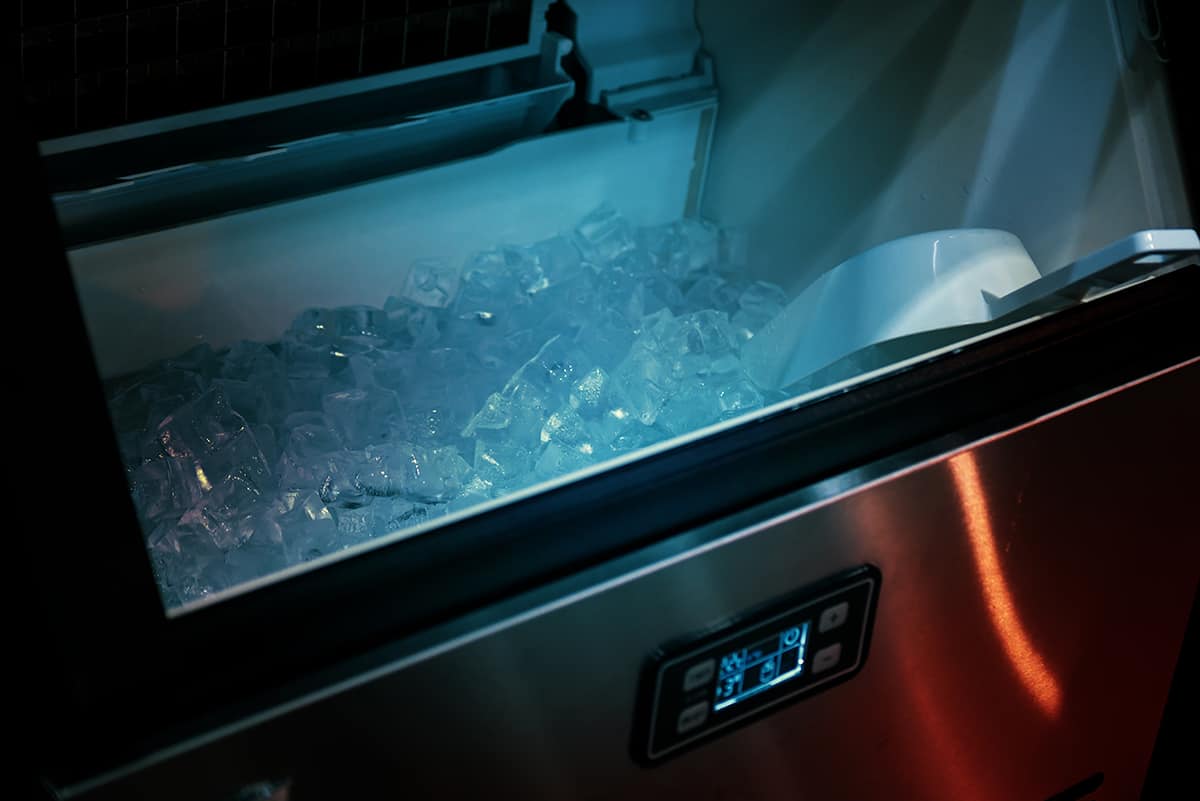
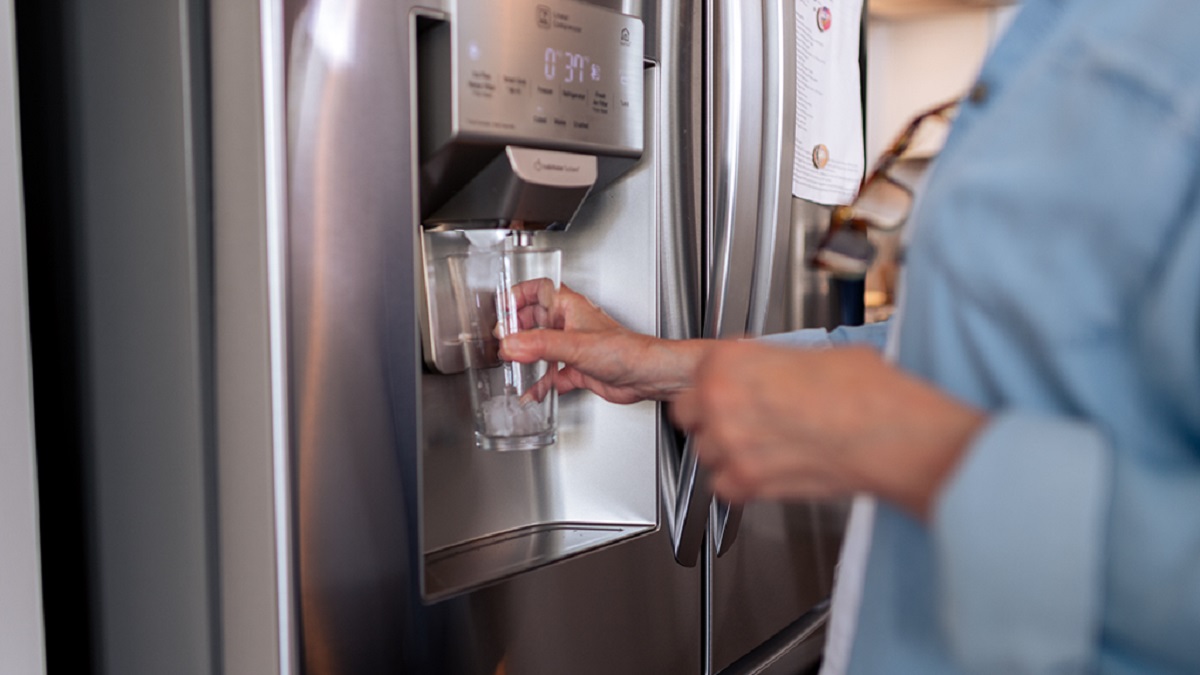
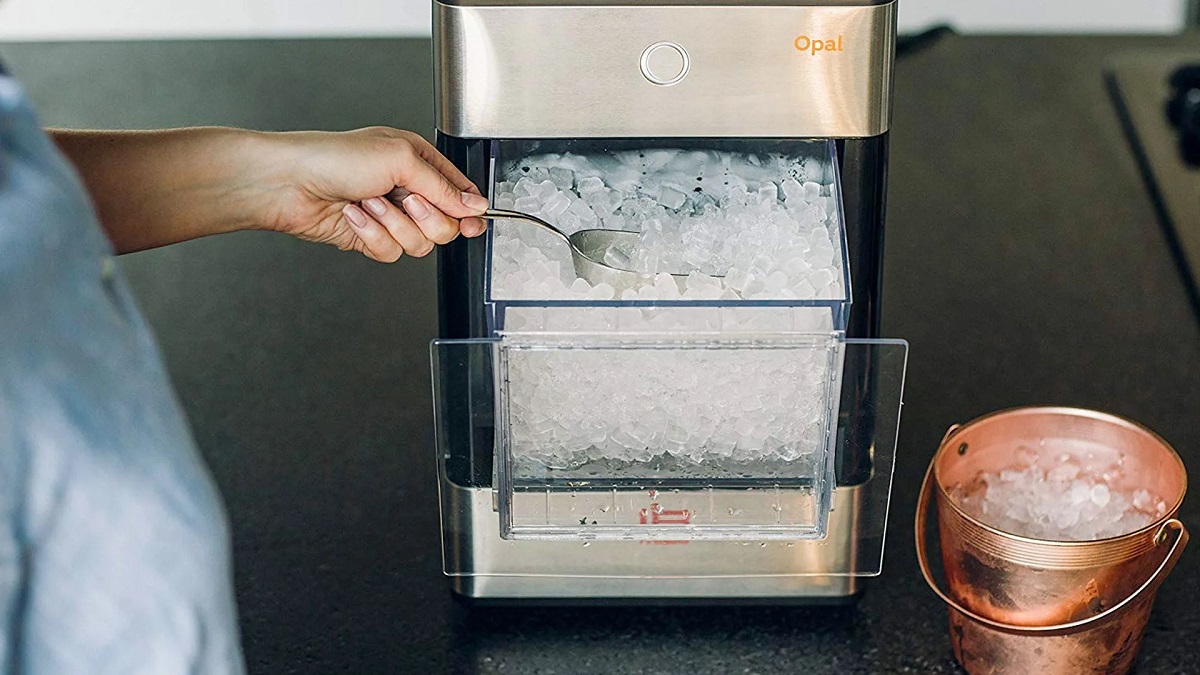
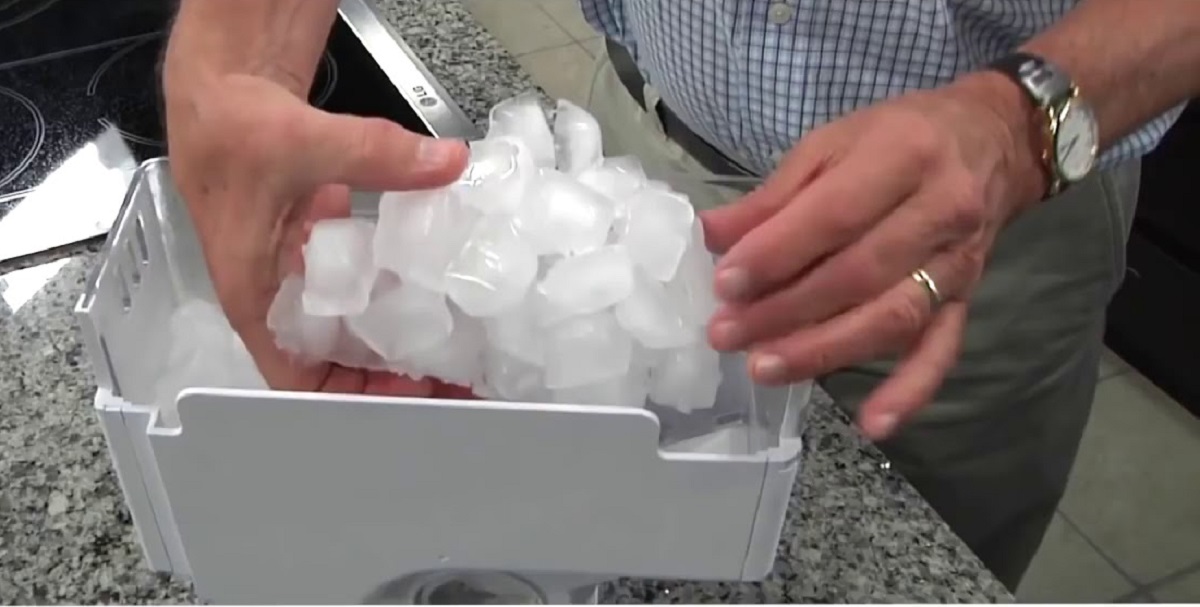
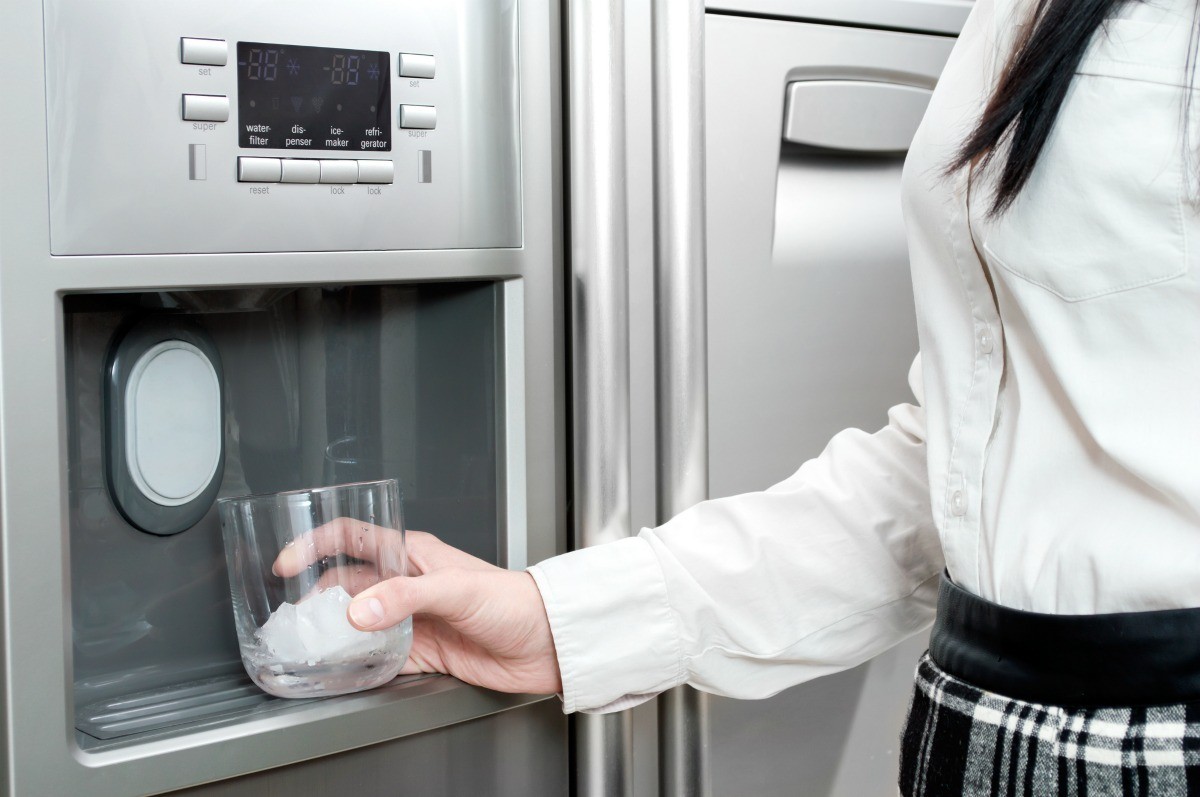
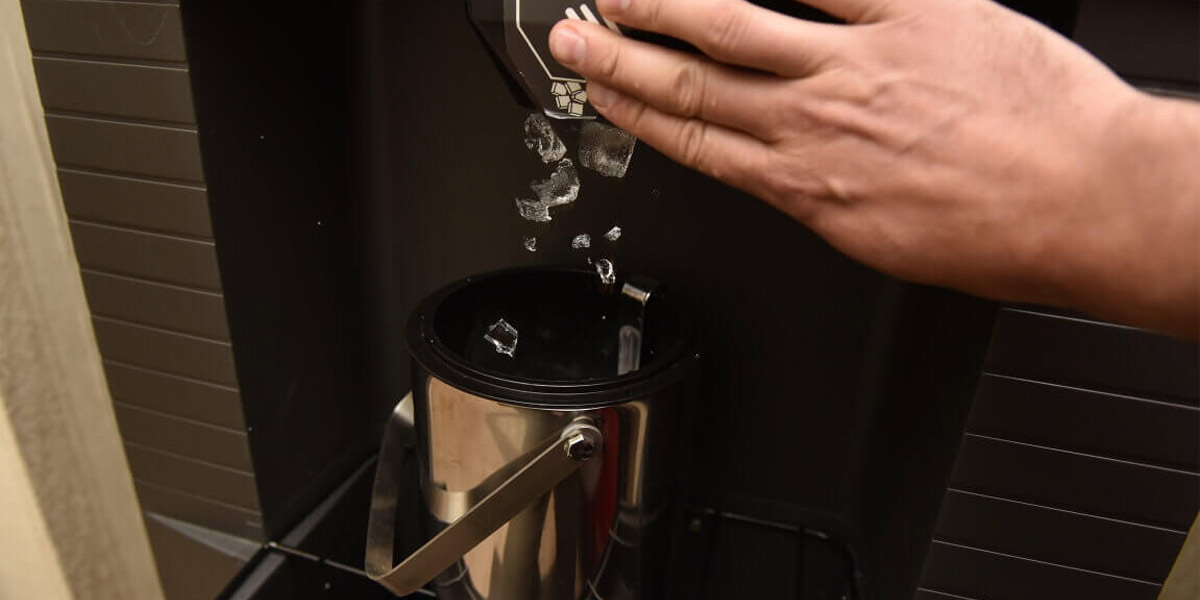
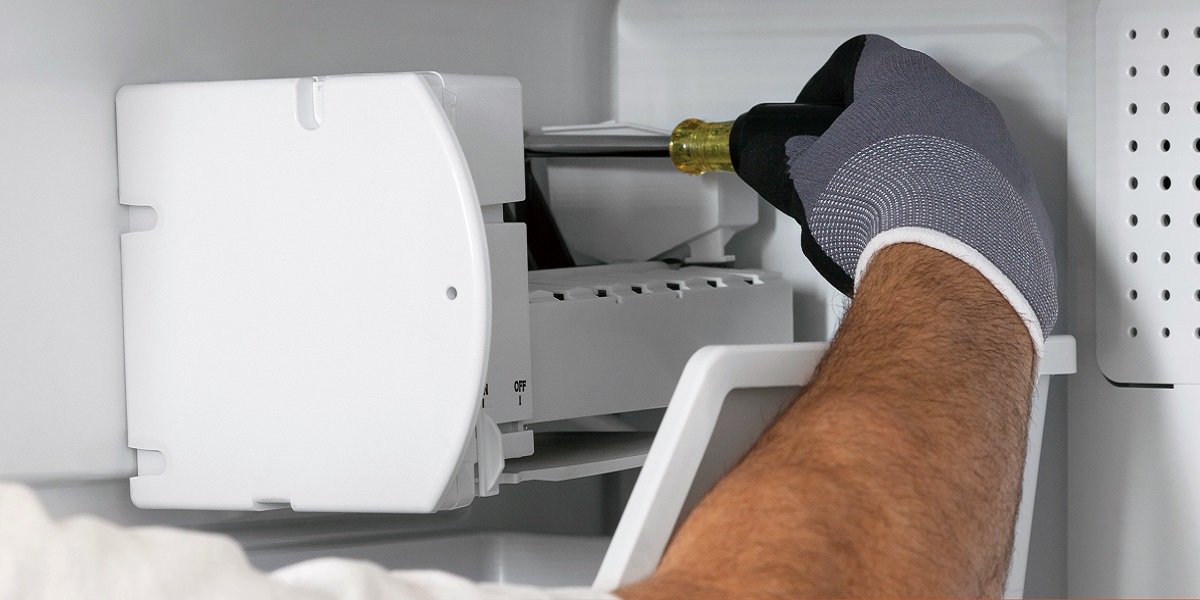
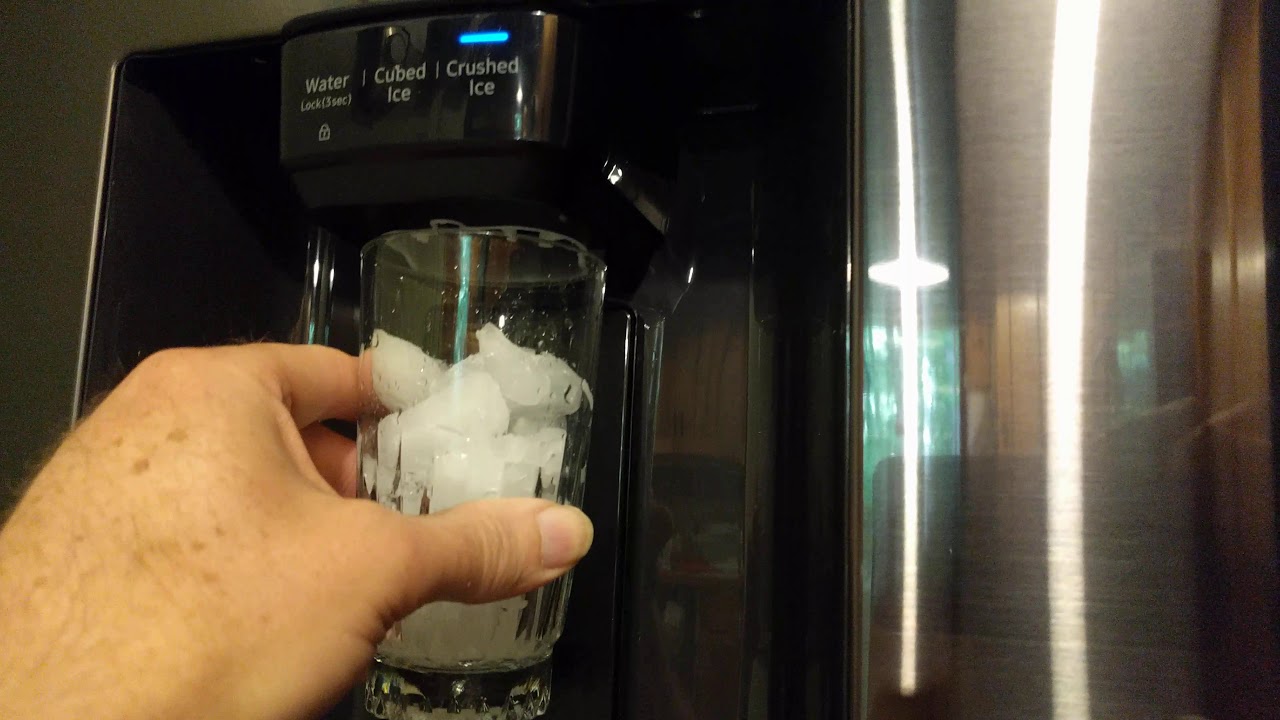
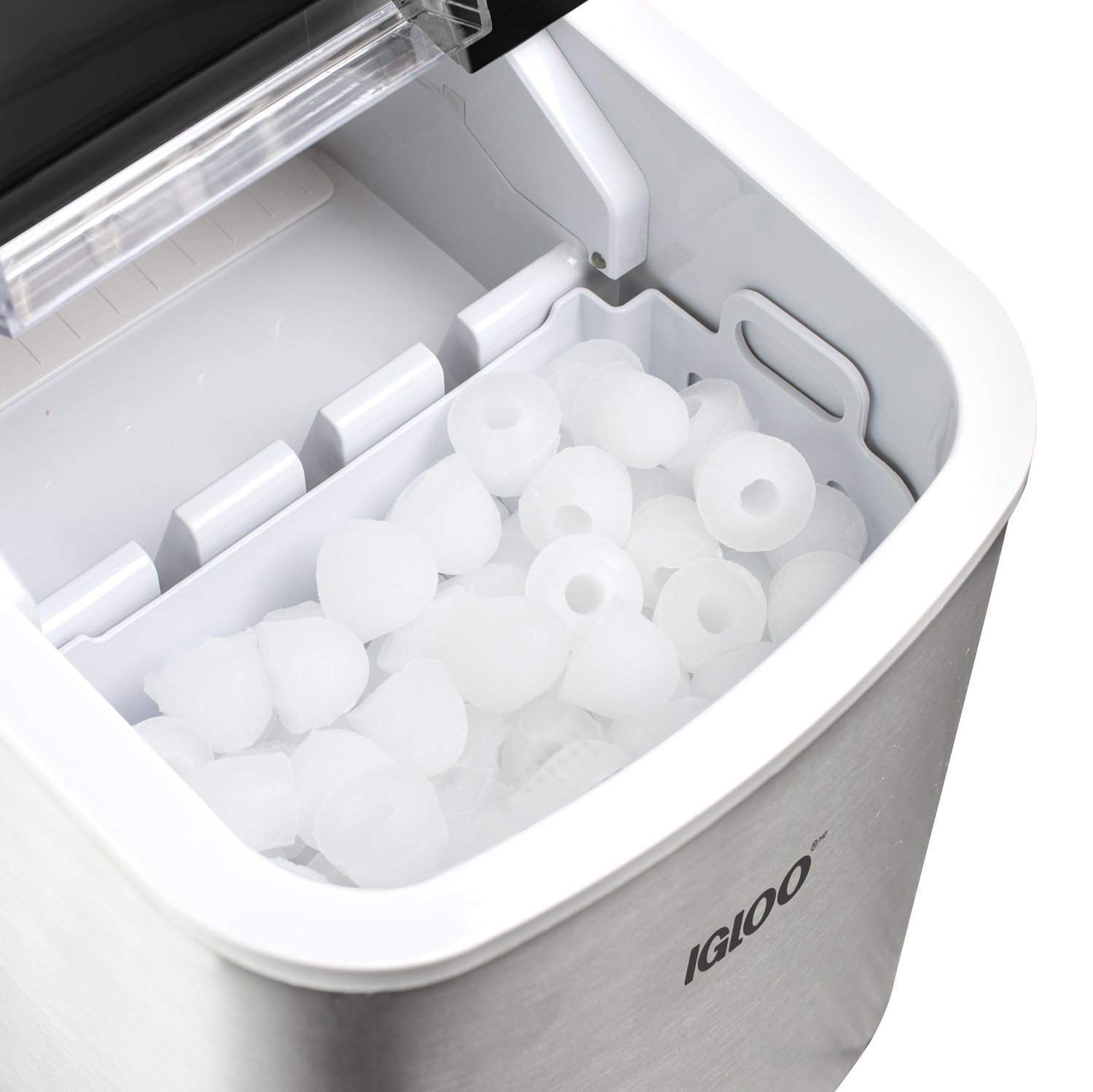
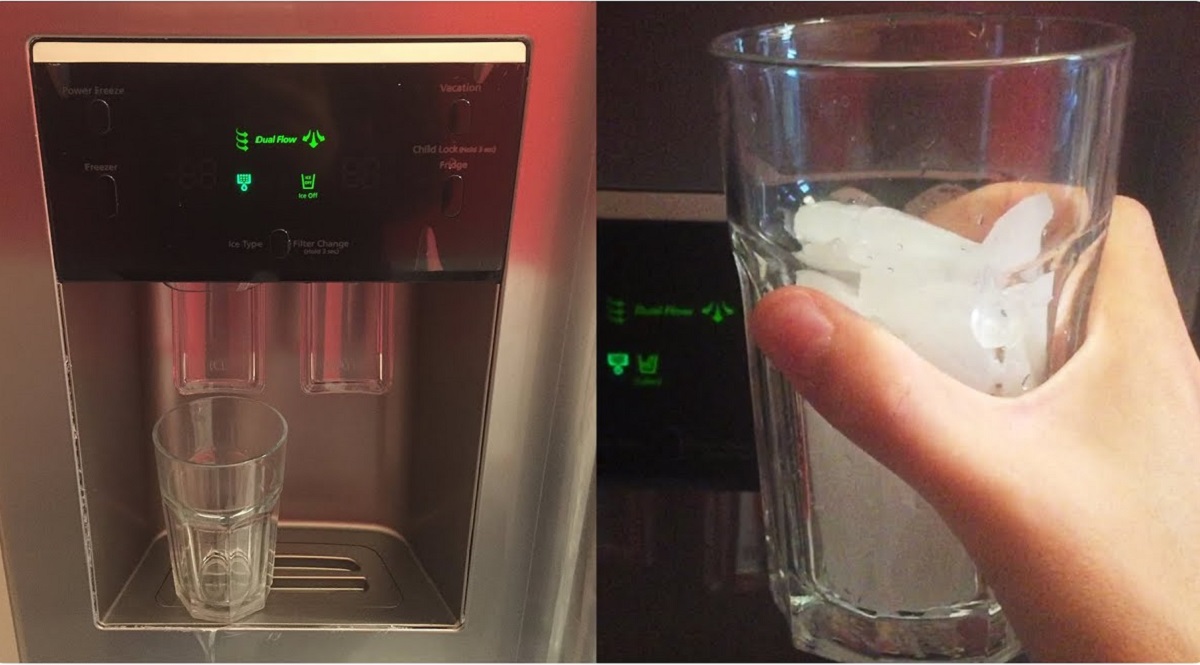
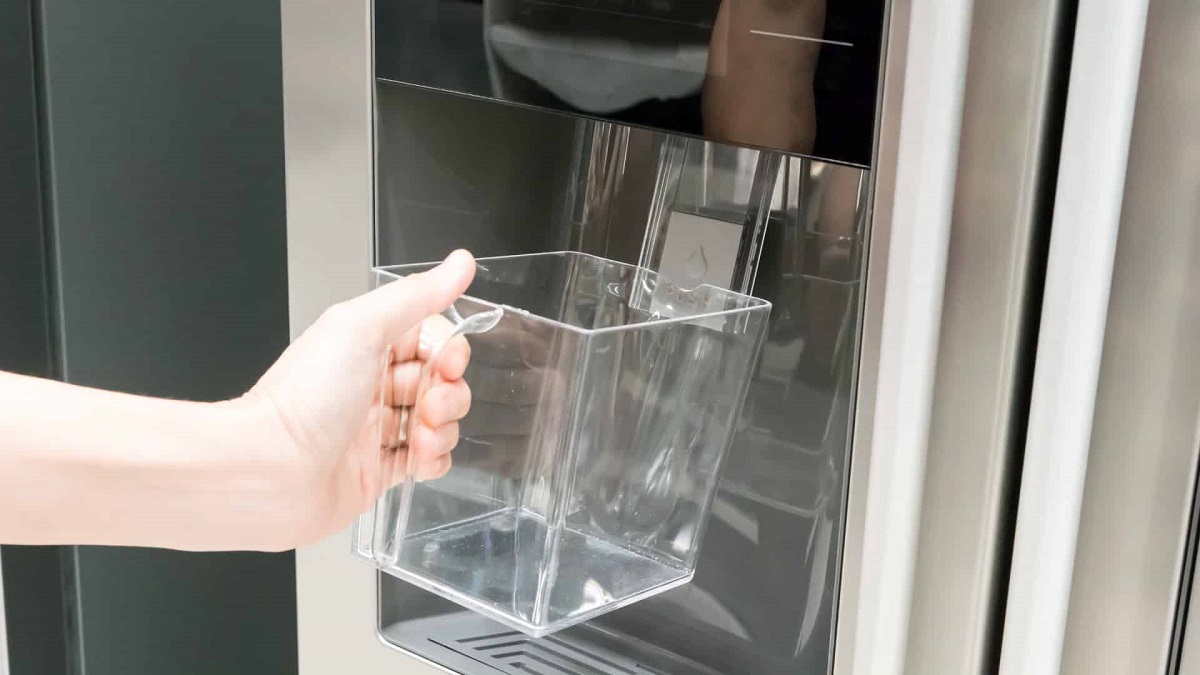
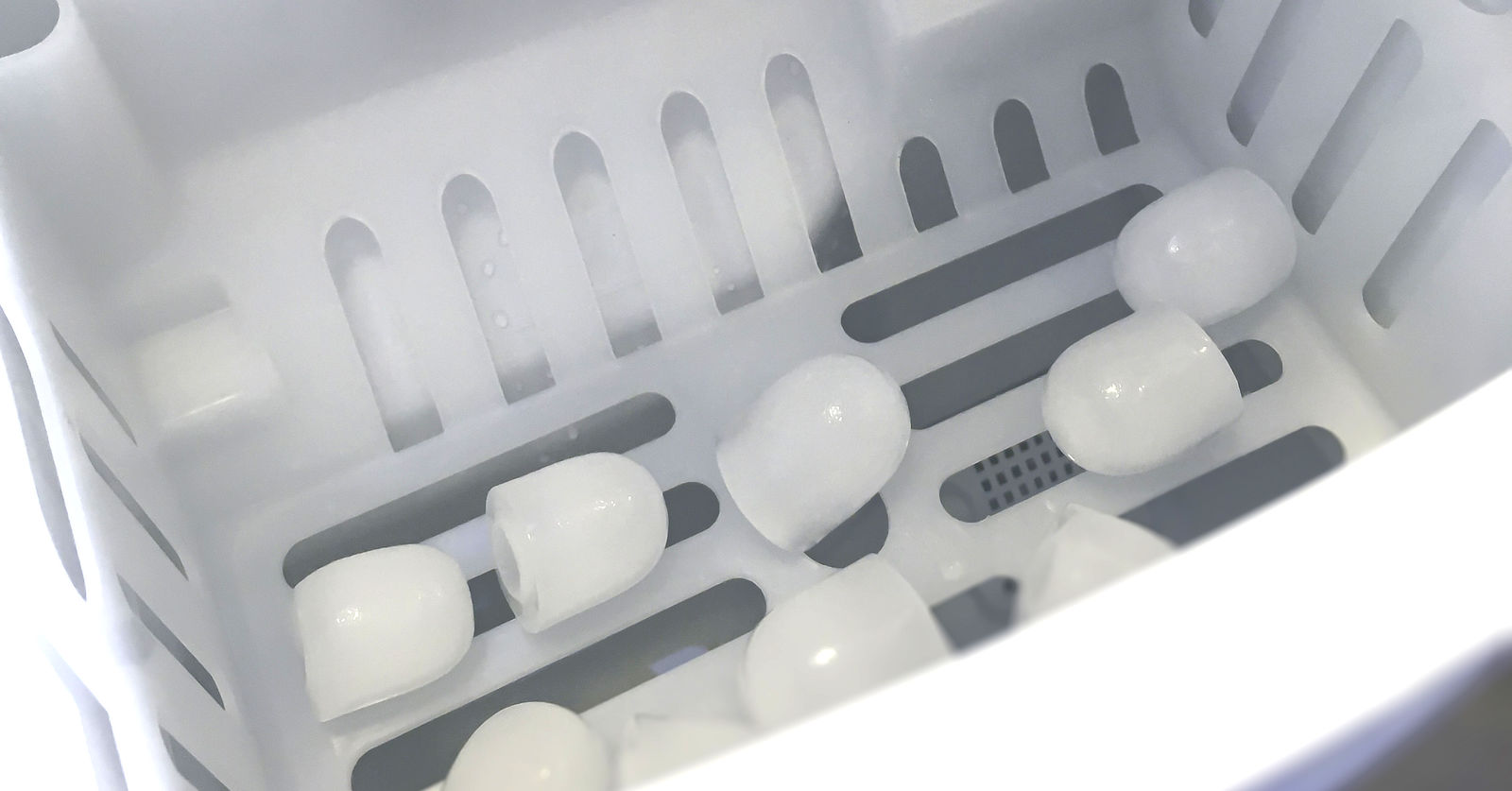
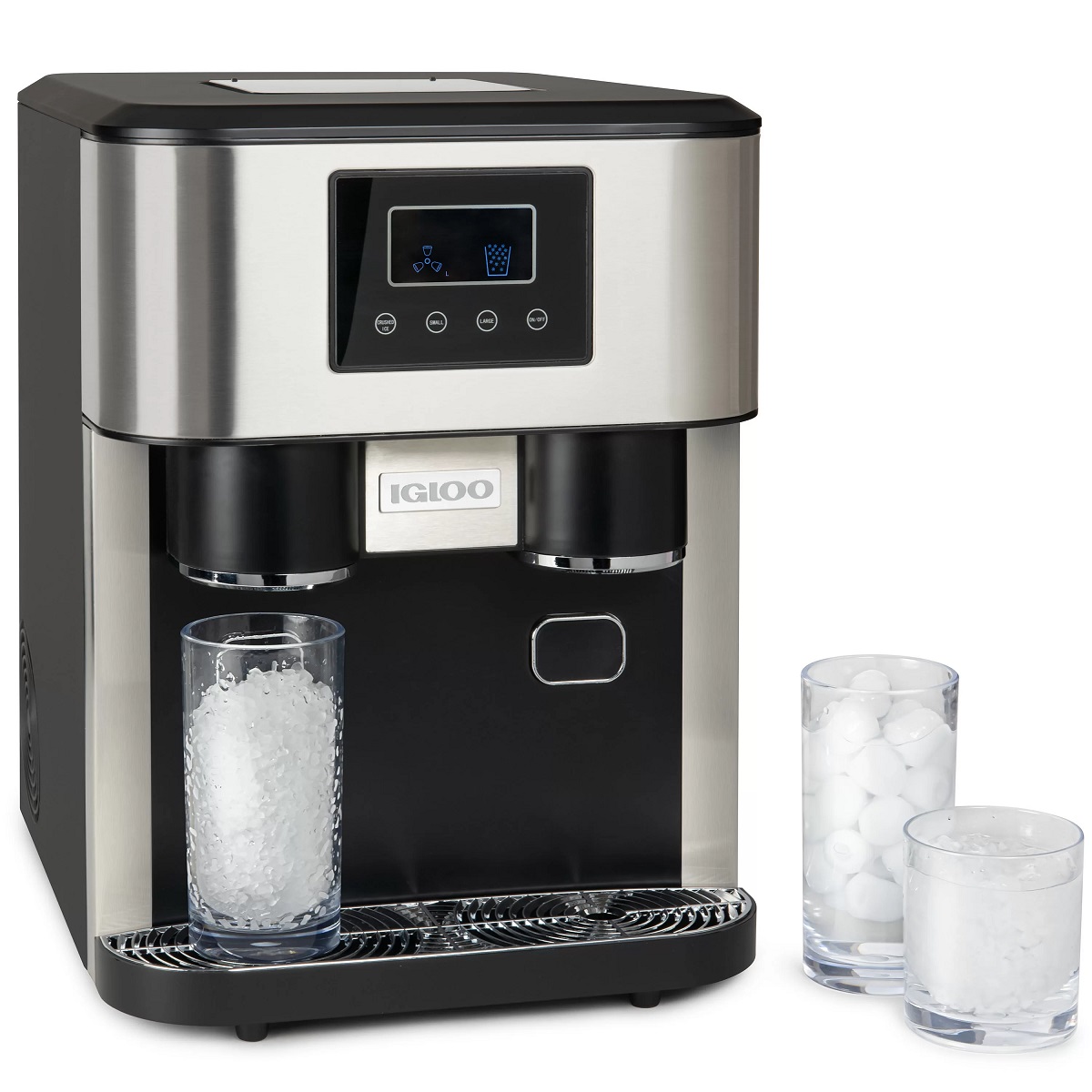

0 thoughts on “Why Does My Ice Maker Ice Taste Funny”